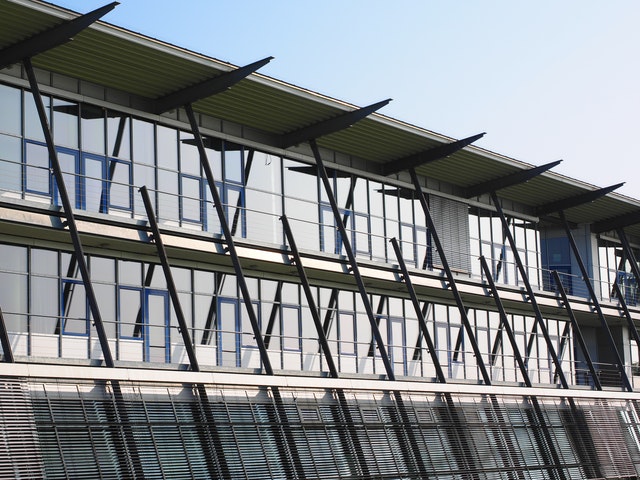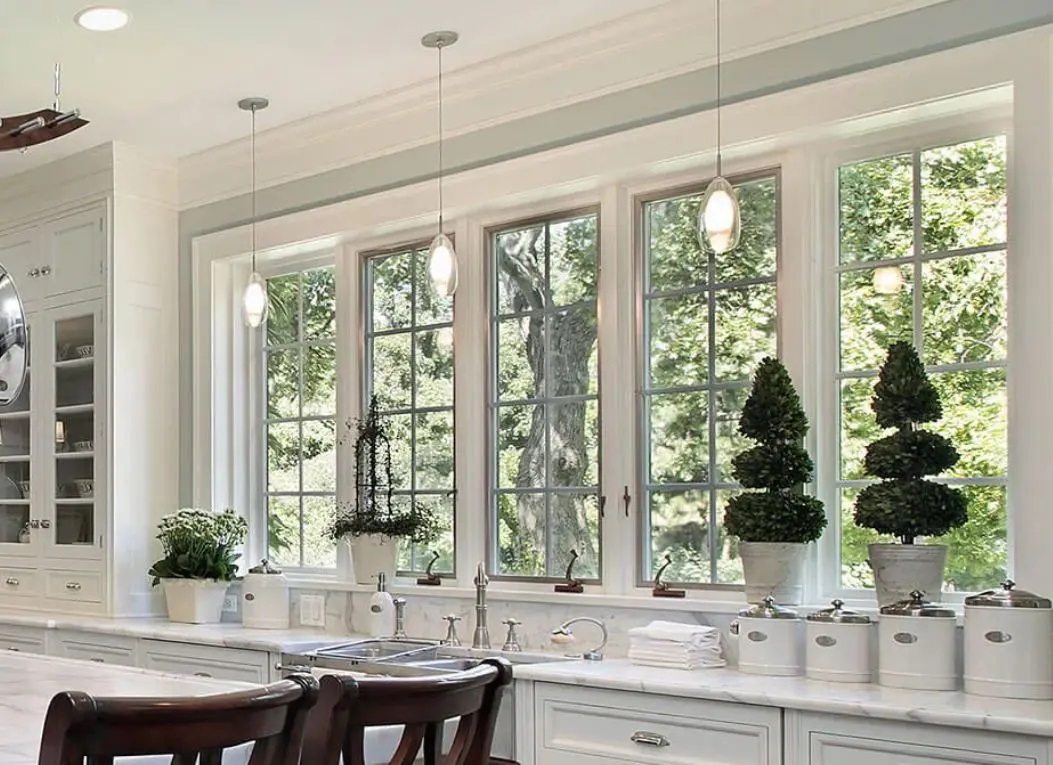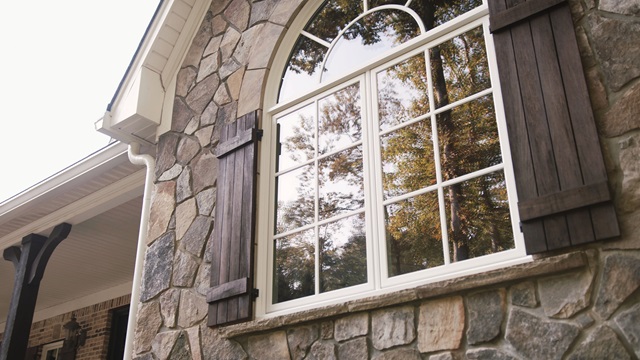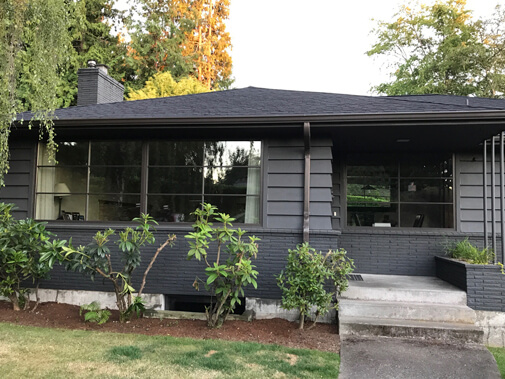The NFRC energy ratings on replacement windows in Seattle, WA can be intimidating and confusing. But windows are responsible for about one-third of a home’s heat gains and losses. And understanding these ratings is one of the best ways to compare the insulating properties of windows. One particularly important measurement of energy transfer is the SHGC. Here is what you need to know about this rating and why it is so important.
What is the SHGC?
The glass used for insulated glazing units absorbs and redirects radiant light in three different ways: conduction, convection, and radiation. Solar radiation is the primary method of energy transfer through most fenestrations, and the Solar Heat Gain Coefficient (SHGC) is a standard measurement used in the United States as a way to compare the amount of solar radiation traveling through relative to the amount hitting the glass. Factors like transmittance, absorption, and reflection all impact the SHGC.
How to Read the SHGC
Measurements for this rating are between 0 and 1. Lower ratings mean less heat gets transmitted through the glass. An SHGC rating that is too high can result in overheating in the summer. But an SHGC rating that is too low can limit access to free heat in the winter. In Seattle, homeowners should look for an SHGC rating greater than or equal to 0.40.

Why is the SHGC Important?
The SHGC is one of the most significant ratings. It will often drive decision-making in building design, such as heating and air conditioning. To balance and maximize the benefits of solar heat gains it is important to consider the sun’s direction, the local climate, and the typical shading conditions. A home with little to no consideration for the SHGC can often end up overheating as sunlight passes through. This causes the home’s cooling system to work overtime and reduces efficiency. Optimizing the SHGC for the glass can greatly improve the energy performance of the home by balancing the thermal transmittance for summer and winter.
How to Reduce the SHGC on Replacement Windows
One way to help reduce the SHGC on replacement windows I by changing the window’s surroundings. This could mean adding outdoor shading with trees and bushes or installing an awning over a window. Another way to reduce solar heat gains is by window tinting. The highly reflective coatings block certain parts of the light spectrum. Unfortunately, this usually means blocking visible light as well. Another option is investing in a Low-E coating. This technology works by reducing only the infrared and ultraviolet light passing through the glass. These coatings can preserve visible light transmission while limiting unwanted heat gains.
Still, looking to better understand the SHGC rating? Want help choosing the right replacement windows in Seattle, WA for your home? Contact our window experts today. With over 30 years of experience in the industry, we can help you find reliable products for the right price without any high-pressure sales tactics.






